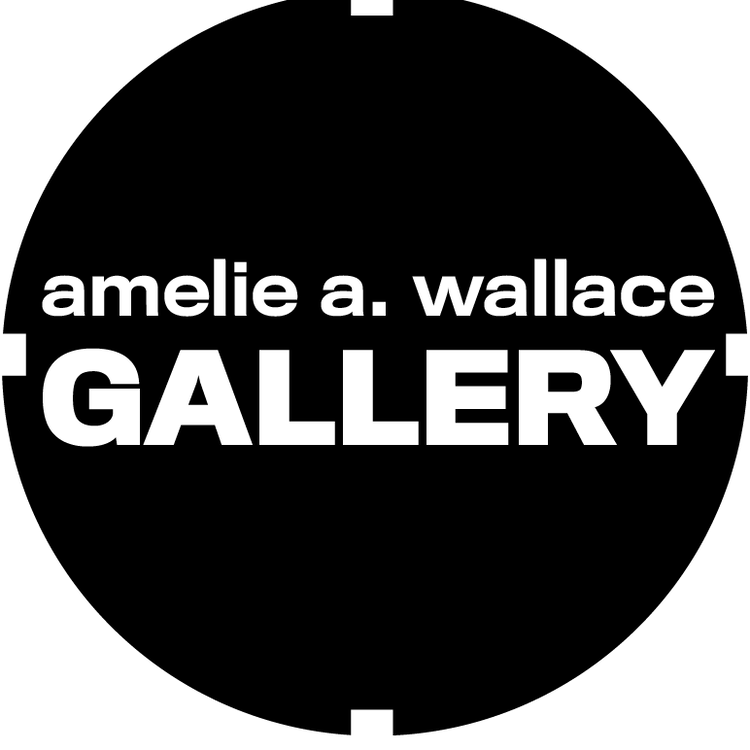This solo exhibition by the New York-based interdisciplinary artist Sook Jin Jo highlights recent photographic works along with assemblage sculptures and video documents of her public projects and architectural work. Known primarily for her public projects around the world and her large-scale assemblage installations utilizing discarded wooden materials sourced from urban streets and natural environments, Jo calls our attention to the spiritual value of abandoned disappearing materials and environments. Through her innovative use of diverse media, Jo’s increasingly interdisciplinary approach has one significant mission in mind: to restore humanity and reclaim empathy and truth.
During the pandemic, Jo interviewed and photographed about one hundred people experiencing homelessness on the streets of New York City and took their portraits in their own street environments. Inherently at risk of becoming victim photography, Jo’s images are devoid of voyeuristic character: Jo had her subjects engage through direct gaze and extended rapport with the photographer. These recent images are analogous to Traces / Disappearing Buildings: A Visual History (2004–2014), documentation of abandoned sites in the US, Germany, Turkey, India, Brazil, China, and Korea. Once-thriving hospitals, factories, warehouses, and homes are now dilapidated ruins revealing traces and remnants of their occupants. Jo finds the “formation of unique aesthetic characteristics” in these socio-cultural residues that result from human interaction with these buildings.
The cycle of life and destruction is the overarching theme of Jo’s artistic practice. For this exhibition, six sculptural works—assemblages and installation—will be presented in the middle room of the Wallace Gallery. Discarded materials such as window frames, plywood, and solar turbines have been transformed into sculptures, thereby gaining renewed life. Jo’s assemblages hark back to the spirit of Neo-Dada, particularly the work of Robert Rauschenberg, yet, retaining the purity of materials and formal aesthetic elements, they fall somewhere between Post-Minimalism and Jo’s Asiatic tradition. The seriality and irregularity found in All things are Born of Being III (1998-99), The Windows of Heaven are Open (1995), and Zen Garden (1998) recall the works of Eva Hesse. However, Jo’s sculptures utilize primarily primitive wooden media, honoring the collective history of our society, as natural materials show their age. By controlling the colors of her found materials through painting, cutting, staining, and crafting forms, Jo gives her works a unifying look. The result is meditative, contemplative, and spiritual.
In addition to her studio practice, Jo has long created projects for communities of the underprivileged, and socially and economically distressed. Vamos ã Escola (Let’s Go to School) (2001) is a mural Jo created with school children of João Ubaldo Ribeiro School in Itaparica, Bahia, Brazil. This small communal project brought pride and ignited creativity and interest in art among the students. Wishing Bells / To Protect and To Serve (2009), made of 108 bronze bells and eight hundred-year-old naturally dead cedar trees, was commissioned for a Los Angeles Metro Detention Center near the Little Tokyo community by the City of Los Angeles Department of Cultural Affairs in California. Made to provide solace for those entering the Detention Center, the number ‘108’ was chosen to signify the number of temptations in Buddhist thought.
Jo’s mission as an artist to give back to the communities of the world is exemplified by two recent architectural commissions: the Art House Chapels. The first Art House Chapel was built in Tipitapa, Nicaragua in 2008. The construction was completed over three weeks in May and June of 2018, a tumultuous time of protest against President Daniel Ortega and his government that resulted in many protesters’ deaths. Art House Chapel II was built in San Andres Itzapa, Chimaltango, Guatemala earlier this year. Both chapels were designed with local architectural styles in mind. Jo streamlined the design to minimal aesthetics, giving emphasis to lighting, providing a protected yet intimate, quiet, and private space for spiritual and meditative moments. Installation of her own artworks inside each chapel enhances the experience of visitors. Lending her extraordinary vision to these multidisciplinary practices of architecture and art, Jo follows the long lineage of merging chapels with Contemporary Art as exemplified by Matisse, Nevelson and Rothko.
Jo’s Nocturne in Process (2019) was an experimental collaboration realized at the Master Artist in Residence program at Atlantic Center for the Art, New Smyrna Beach, Florida. Jo worked with artists from diverse disciplines to present the piece at ACA’s theater. Inspired by an abandoned bathtub collected near the site, Jo and her collaborators produced a performance inspired by the story of eight women who survived the 1994 genocide in Rwanda by hiding in a small bathroom for ninety-one days. Witness (2017), commissioned by Forum Schlossplatz, Aarau, Switzerland, was an installation of trees, earth, nature sounds, human struggles, war, and everyday life. Throughout her career, Jo has chosen objects not only for their aesthetic qualities but also for their symbolic capacity to evoke history and spirituality. For this exhibition, selected video footage that presents or documents her works will be displayed in the lower gallery space.
